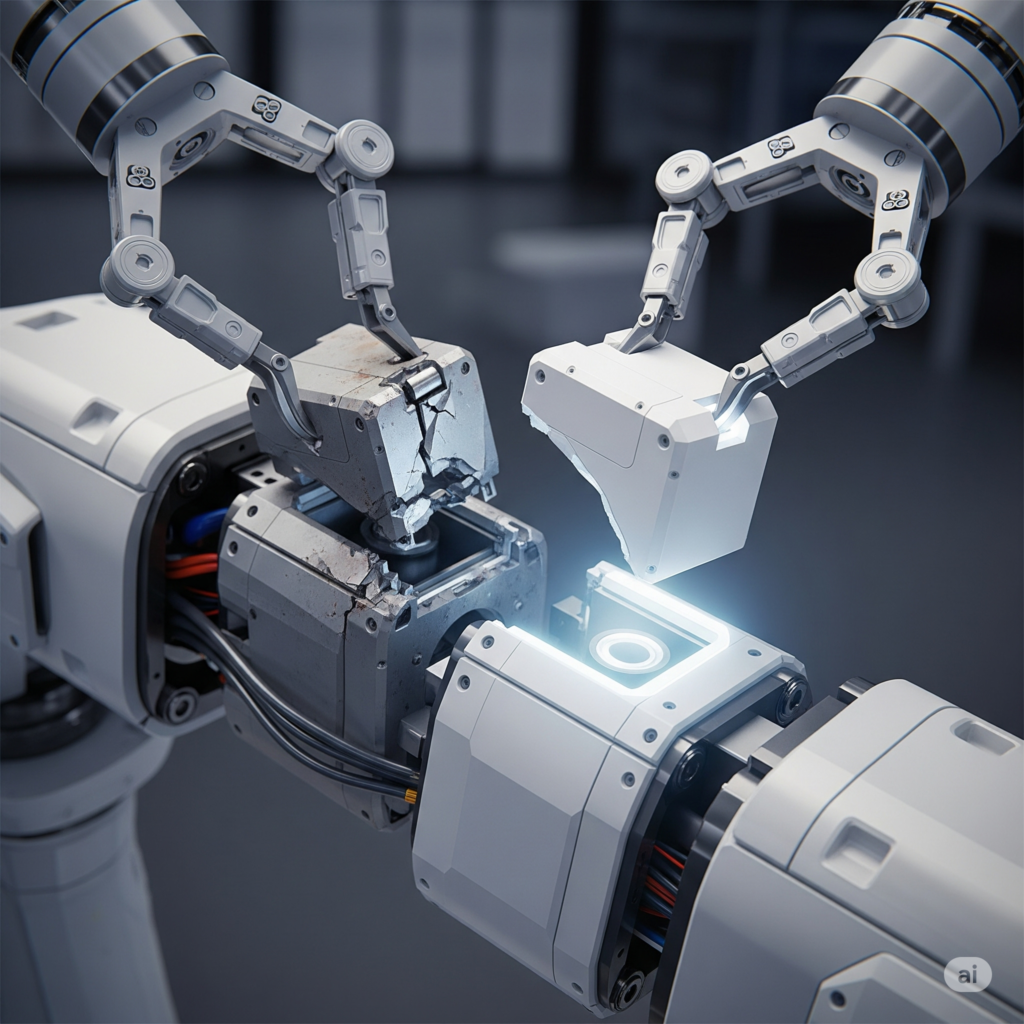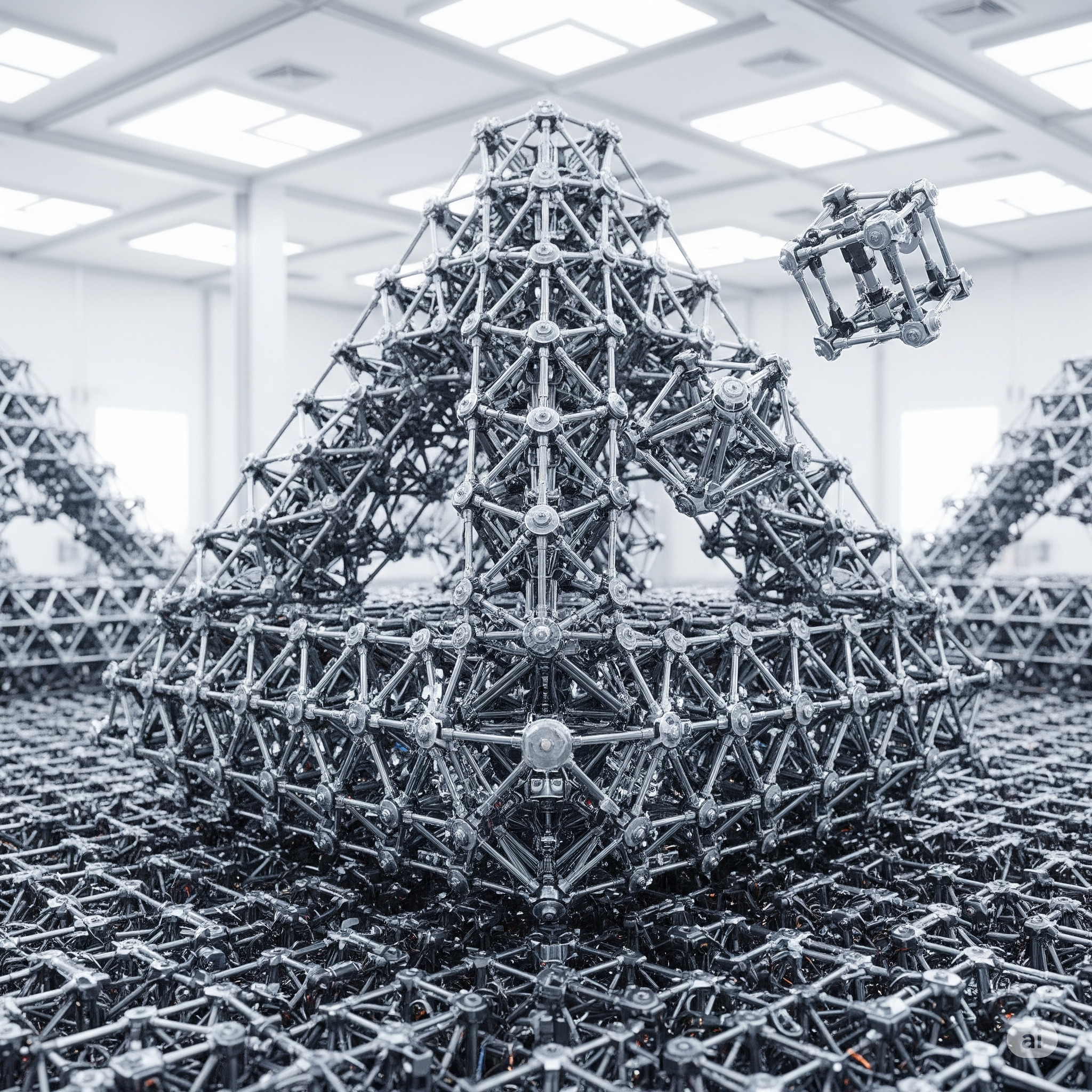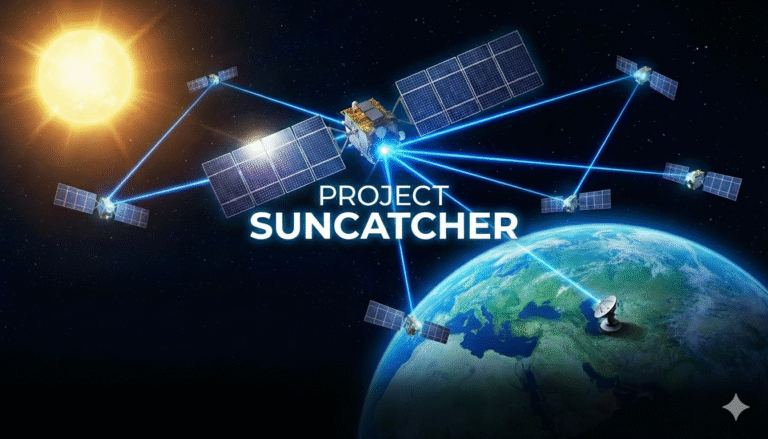Imagine machines that can repair themselves after injury, grow by adding new parts, and adapt their structure on the fly—all without human intervention. This is no longer a science fiction dream. Thanks to the breakthrough in “robot metabolism,” modular robots are now capable of consuming parts from other machines to heal, grow, and evolve, much like living organisms. With the ability to self-assemble into resilient structures and perform autonomous repairs, these robots mark a bold new era in physical autonomy.
What Is “Robot Metabolism”?
In biology, metabolism refers to an organism’s ability to consume, break down, and use resources to maintain itself, heal, and grow. Now, with modular robotics and innovative Truss Link units, robots possess a form of physical “metabolism.” These machines:
- Self-assemble into complex geometric structures (like tetrahedrons) using standardized modules.
- Grow or adapt by integrating new modules on demand.
- Self-heal by replacing or “consuming” parts from spare or damaged robots when damage occurs.
This creates a system where robots mimic biological lifecycle processes—extending their functionality and resilience far beyond what hard-coded, static machines have ever achieved.
How Do Modular Robots with Metabolism Work?
The Truss Link Architecture
- Modular Design: Each robot is made up of units (modules) that can link, unlink, and reconfigure themselves into various shapes.
- Physical Assembly: Modules use robotic arms, actuators, or magnetic connectors to attach, detach, and reposition themselves.
- Resource Sharing: Units can “consume” others—either integrating stored spare modules or borrowing from an on-site pool, much like living organisms draw nutrients or replace cells.
Key Capabilities

- Self-Growth: Robots add modules to expand, enabling them to reach higher, bridge gaps, or strengthen themselves for new tasks.
- Self-Healing: Upon damage, a robot can eject (or cut away) broken segments and incorporate fresh modules to restore integrity.
- Adaptive Function: If the environment or mission changes, the robot reconfigures its physical structure—reshaping as needed.
Why Is Robot Metabolism a Game Changer?
1. True Physical Autonomy
Robots are no longer dependent on human operators or workshops for most repairs and upgrades. They can respond instantly in the field, leading to longer, more reliable missions in hazardous or remote locations.
2. Dramatic Boost in Resilience
In challenging environments like disaster zones, outer space, or deep underwater, robots frequently face unexpected hazards. Metabolic capability lets them recover—even cannibalize parts from damaged comrades—to keep the mission going.
3. Lifespan Extension
Like living creatures continually replacing cells, robots can maintain themselves indefinitely, drastically increasing utility and reducing cost compared to conventional replacements or repairs.
4. Unprecedented Mission Flexibility
Tasks that might require multiple specialized robots can now be performed by a single modular “swarm,” which adapts its own size and ability on the fly. This makes everything from infrastructure repair to planetary exploration vastly more versatile.
Applications: Where Could Metabolic Robots Shine?
- Disaster Response: Robots that can grow tall to survey rubble, or heal damage amid hazardous debris.
- Space Exploration: Self-expanding truss robots assembling telescopes or habitats, self-repairing after micro-meteorite strikes.
- Infrastructure: Adaptive bridges, scaffolds, or supports that adjust to load and self-repair wear and tear.
- Swarm Robotics: Large teams of metabolic units forming lines, nets, or complex tools tailored to the environment.
The Science Behind the Technology
- Distributed Control Algorithms: Each module carries basic intelligence, allowing swarm-like cooperation and decision-making.
- Physical Interfacing: Robust connectors, power, and data buses transfer not just mechanical strength but energy and instructions.
- Bio-Inspired Design: Engineers literally copy biological self-maintenance—using feedback sensors and resource sharing—into hardware and code.
Challenges and Future Frontiers
- Resource Management: Ensuring enough spare modules for growth and repair, without wasting space or weight.
- Complex Coordination: Getting hundreds (or thousands) of independent units to cooperate safely and efficiently.
- Security: Preventing rogue robots from “eating” vital parts; ensuring robust identification and permissions.
- Material Durability: Developing modules as tough and long-lasting as natural biological tissues.
Conclusion: The Dawning Era of Self-Sustaining, Adaptable Machines
The arrival of metabolic robotics marks a profound step toward true machine autonomy. Robots that can heal, grow, and adapt—without human tinkering—will redefine how we approach construction, exploration, disaster recovery, and more. They promise not only enhanced resilience and sustainability, but also open the path to new innovations where robotic “life” and function evolve together.
As machines adopt the principles of metabolism, we enter a future where technology is not just built to last, but built to outlast, outthink, and out-adapt the challenges of tomorrow.









+ There are no comments
Add yours